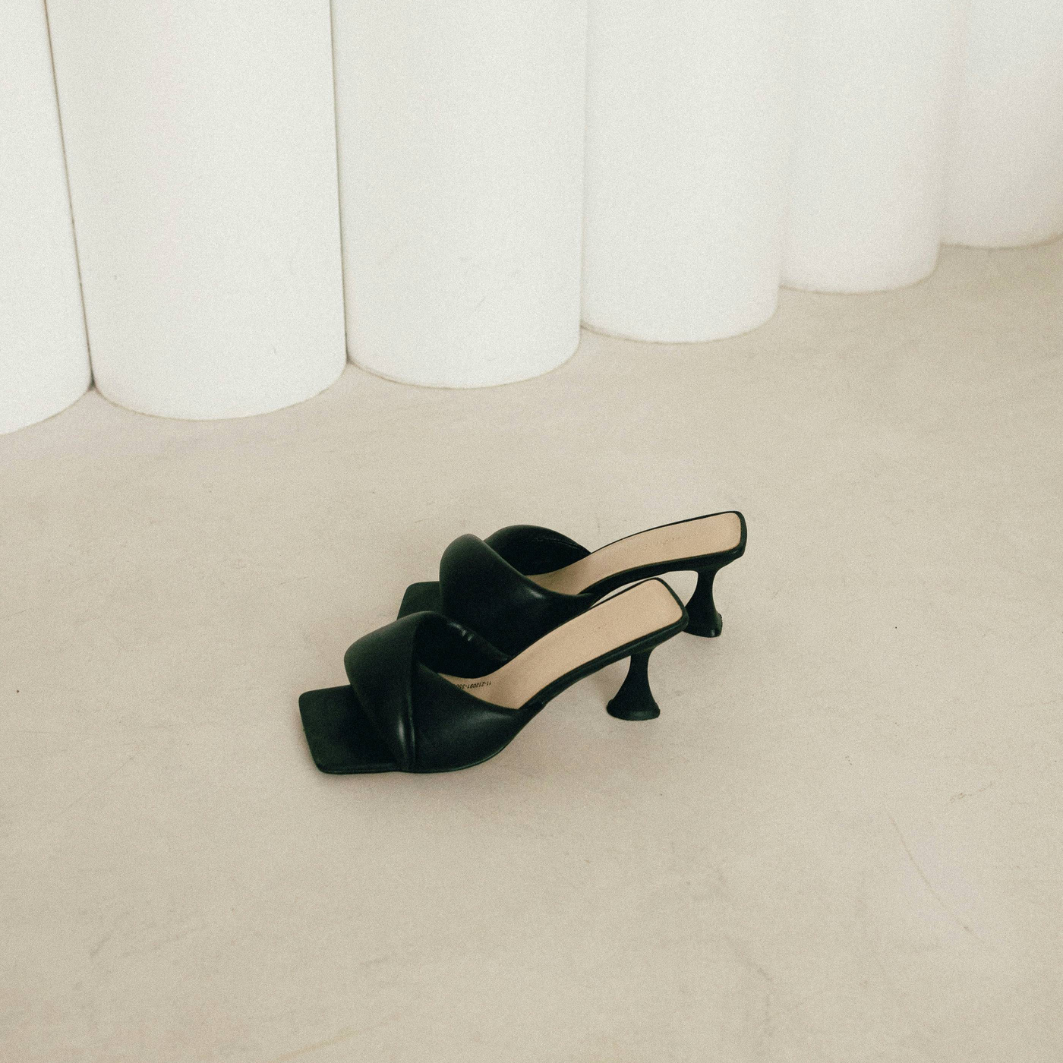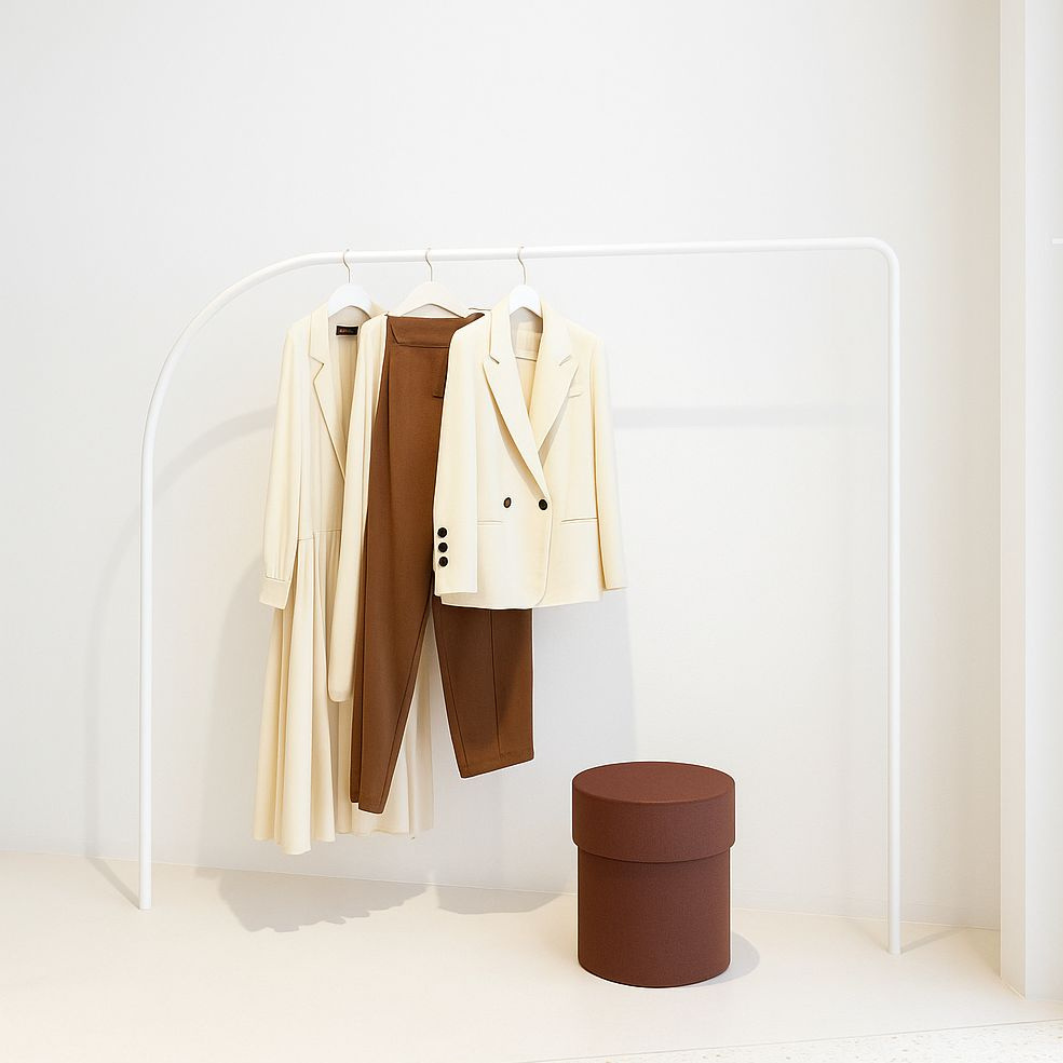The new face of fashion
Once considered a niche market, resale has become one of the most dynamic sectors in fashion. According to a Boston Consulting Group (BCG) study, the global resale market is growing by over 10% each year, projected to reach US $360 billion by 2030.
By then, one in every three fashion items sold worldwide will be preloved. That’s not a passing trend — it’s a complete transformation of how we consume style.
Why it’s happening
-
Conscious consumers: Gen Z and Millennials lead the charge, favouring ethical consumption and individual expression over disposable fashion.
-
Economic logic: With inflation and cost-of-living pressures, resale offers designer quality at accessible prices.
-
Digital innovation: Platforms like StyleColab make resale seamless and aspirational, not second-best.
From bargain bin to boutique
The stigma around secondhand is gone. Today, buyers seek uniqueness, craftsmanship, and story — pieces with history. Preloved is now synonymous with curated, considered, and cool.
A vintage blazer or reissued designer bag carries authenticity that mass-produced items can’t replicate.
Australia joins the revolution
Australia is quietly becoming a circular-fashion leader. Local sellers and stylists are reimagining resale as luxury. StyleColab’s model — uniting independent sellers under one curated platform — reflects this shift perfectly.
Shop the rack: Browse The Circular Edit to see what Australia’s resale future looks like.
The bottom line
Resale isn’t anti-fashion — it’s next-generation fashion. It brings creativity, sustainability, and individuality back into the wardrobe conversation. As BCG’s data confirms, the future of fashion is circular — and it’s already in motion.



